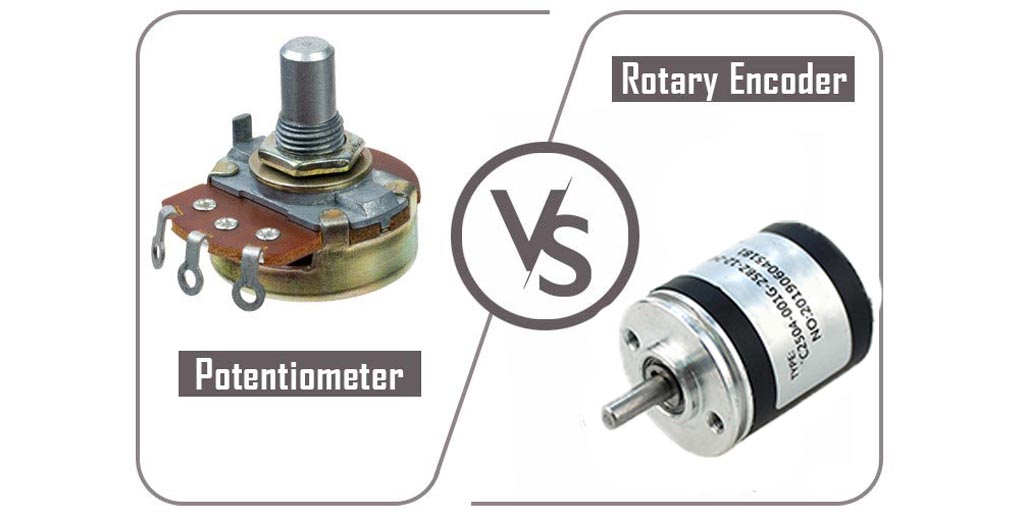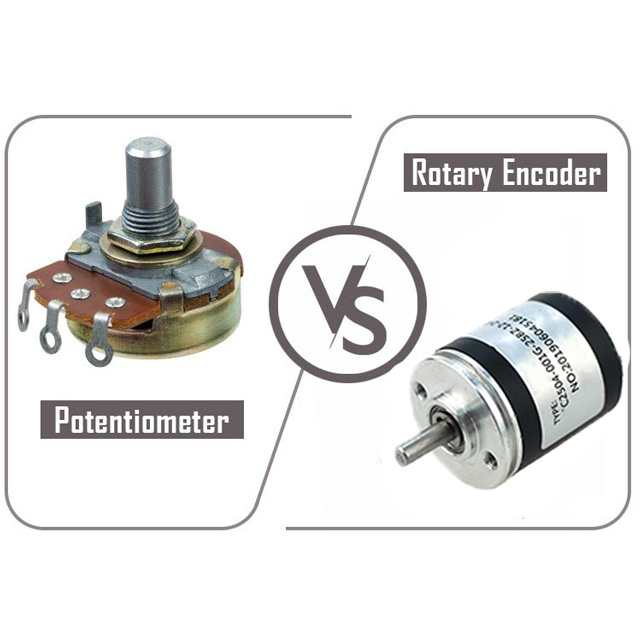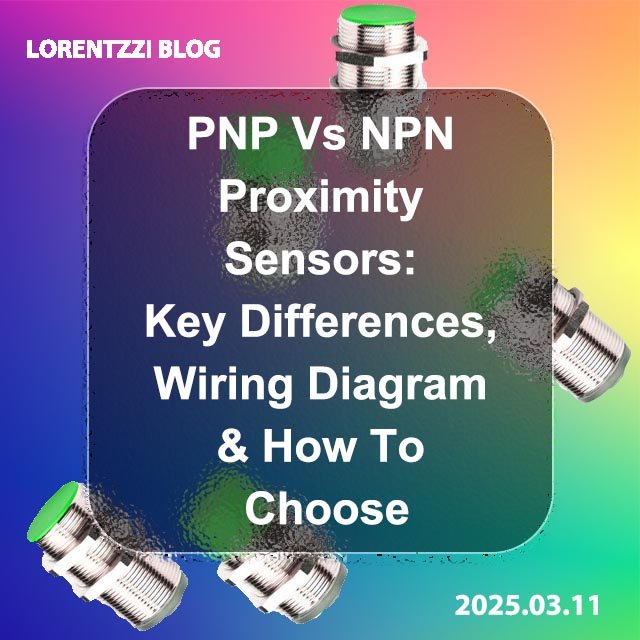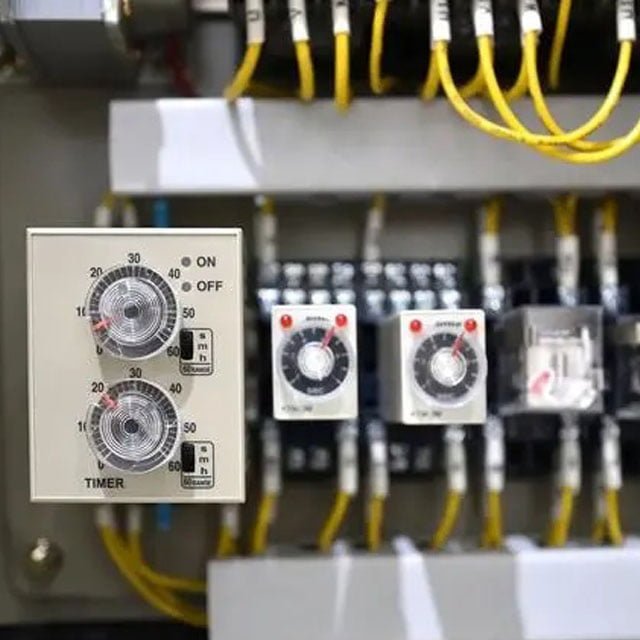What is a rotary encoder?
A rotary encoder is a digital control element used for rotary operations that measures the angle of rotation internally through optical, magnetic or mechanical means. Rotary encoders are widely used in fields such as automatic control, computer operation, and instrument control.
Table of Contents
What is a potentiometer?
A potentiometer is a control component used to adjust resistance. It generally consists of a fixed resistor, a sliding contact and a knob. It moves on the fixed resistor through the sliding contact to achieve the purpose of adjusting the resistance value. In electronics, electrical and other fields, the potentiometer is also a very important component.
Rotary encoder vs potentiometer differences

1. Structural structure

There is a big difference in structure between rotary encoders and potentiometers. The rotary encoder consists of a stator, a rotor, a detector and a signal processing circuit. The rotation angle can be converted into a digital output by the signal processing circuit. The potentiometer is composed of a fixed resistor and a movable contact. By moving the contact area between the movable contact and the fixed resistor, the resistance of the potentiometer is changed.
2.Principle
The principle of the rotary encoder is to change the axis center position detected by the detector by rotating the rotating shaft, thereby producing different signal outputs. The principle of a potentiometer is to change the resistance value by a fixed resistor that constantly contacts and leaves the potentiometer.
3. Function
The main function of the rotary encoder is to measure the angle or position of rotation and realize digital output, which is suitable for digital control systems; while the potentiometer is generally used to adjust resistance.
4.Application
There are also differences in applications between rotary encoders and potentiometers. Rotary encoders are mainly used in robotic arms, CNC machine tools, electronic games and other fields. Potentiometers are widely used in resistive adjustments in electronic components such as transformers, motors, and speakers.
Conclusion
The above are the main differences between rotary encoders and potentiometers. Although they can both be used to control rotation and adjust resistance, there are still big differences in specific applications. Therefore, when choosing to use, we need to choose the appropriate components according to the specific situation.






